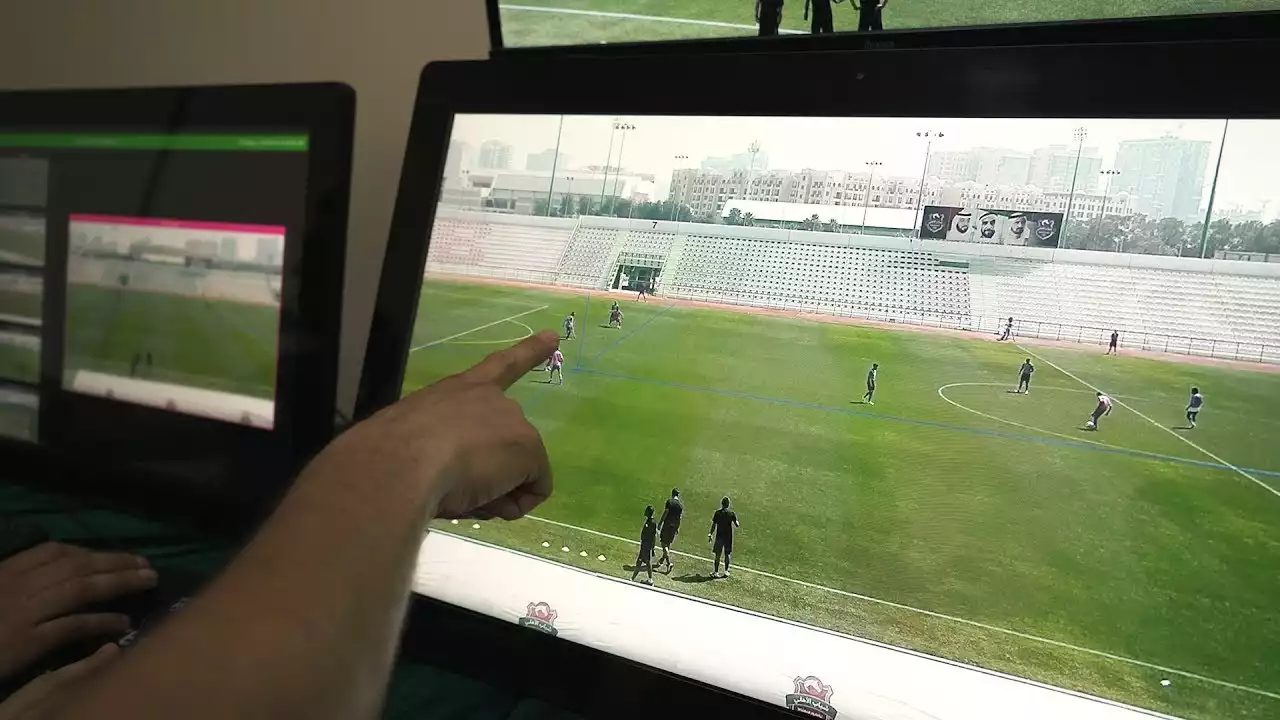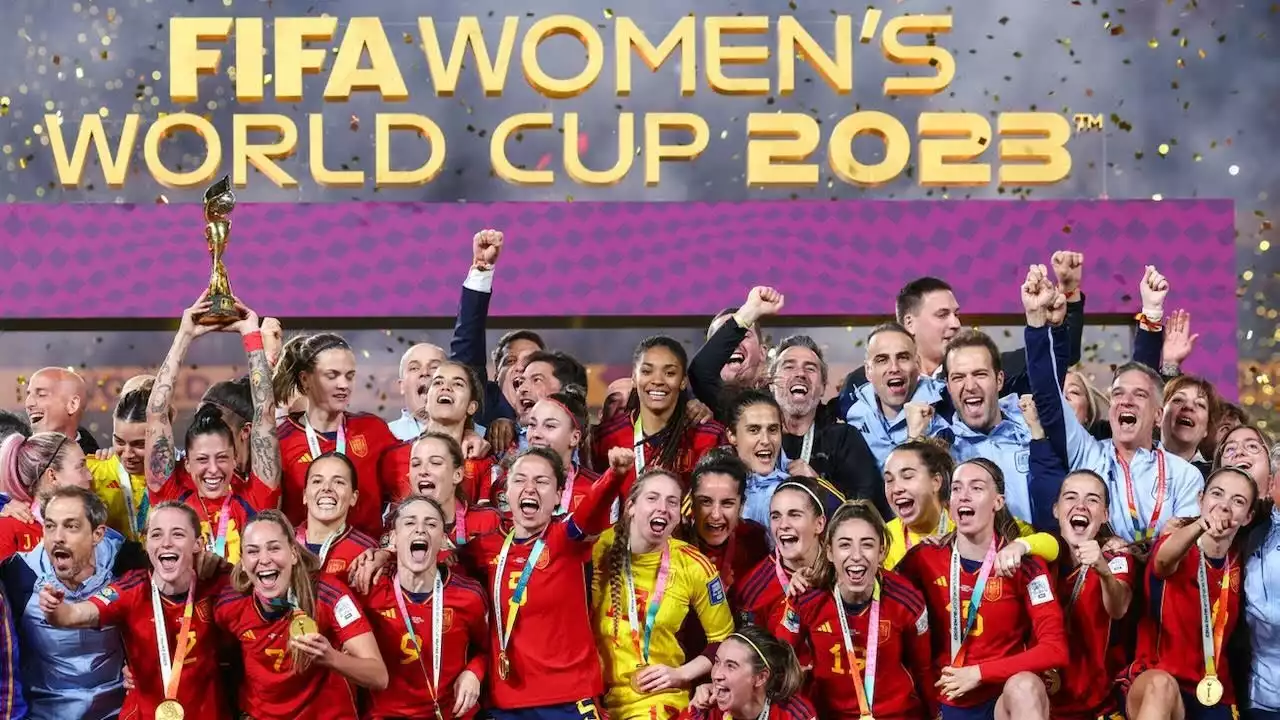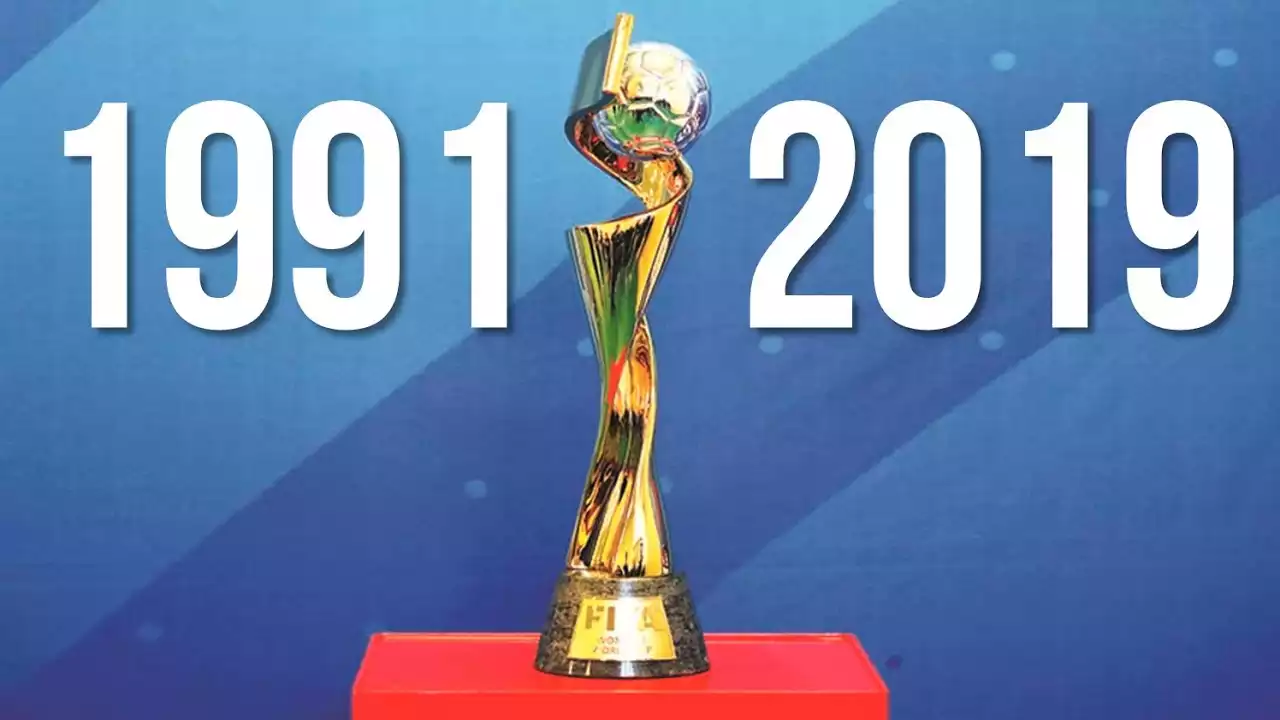Controversies in the Women's World Cup history
The Women's World Cup has a rich history of controversies, some of which have shaped the tournament's narrative for years to come. These controversies range from match-fixing allegations to gender disparities in prize money and inadequate infrastructure. Let's explore a few of these controversies and shed light on how they were ultimately addressed in the context of the Women's World Cup.
Controversy 1: Match fixing allegations
One of the most severe controversies to hit the Women's World Cup was the match-fixing scandal that shook the tournament in [insert year]. Rumors of players and officials involved in manipulating match outcomes for personal gain circulated, casting a dark shadow over the integrity of the competition. The allegations sparked outrage among fans and raised questions about the tournament's credibility.
Resolution #1: Investigation and punishment
In response to the match-fixing allegations, FIFA launched a thorough investigation into the matter. The governing body collaborated with law enforcement agencies and employed forensic techniques to gather evidence. After an extensive inquiry, several individuals were found guilty of match-fixing and were handed severe penalties, including lifetime bans from the sport. The investigation and subsequent punishment sent a strong message that such actions would not be tolerated, restoring faith in the Women's World Cup's integrity.
Controversy 2: Gender pay gap
Another controversy that has plagued the Women's World Cup is the glaring gender pay gap between the men's and women's tournaments. Despite the women's game gaining significant popularity and generating substantial revenue, female players continue to receive significantly less prize money compared to their male counterparts. This inequality has sparked outrage and led to widespread calls for change.
Resolution #2: Equal pay movements and policy changes
The issue of gender pay disparity in the Women's World Cup has not gone unnoticed. In recent years, several high-profile players, advocates, and organizations have championed equal pay movements, demanding fair and equitable compensation for female athletes. The pressure mounted on FIFA and other governing bodies, forcing them to address the issue. As a result, significant policy changes have been implemented, aiming to bridge the pay gap and provide female players with the recognition and remuneration they deserve.
Controversy 3: VAR (Video Assistant Referee) controversy
The introduction of VAR (Video Assistant Referee) technology in the Women's World Cup was intended to improve the accuracy of decision-making and minimize controversial moments. However, the implementation of VAR has not been without its fair share of controversies. Disputed penalty decisions, offside calls, and subjective interpretations of fouls have left fans and players frustrated and questioning the effectiveness of the technology.
Resolution #3: Referee training and technology improvements
In response to the VAR controversies, FIFA recognized the need for better referee training and technology improvements. Referees underwent rigorous training programs to enhance their understanding and application of VAR. Additionally, technology upgrades were introduced to ensure faster and more accurate decision-making. These measures aimed to reduce the occurrence of controversial incidents and restore confidence in the VAR system.
Controversy 4: Host country controversies
The selection of a host country for the Women's World Cup has not been without its controversies. Concerns over human rights violations, political unrest, and infrastructure deficiencies have marred the tournament's image in certain instances. The choice of a host country has often sparked debates and fueled discussions about the values and principles the Women's World Cup should uphold.
Resolution #4: Transparency and accountability measures
To address the host country controversies, FIFA implemented transparency and accountability measures in the bidding and selection process. Stricter criteria were established to ensure that host nations meet specific standards related to human rights, infrastructure, and political stability. The aim was to enhance the tournament experience for both players and fans and ensure that the Women's World Cup is held in countries that align with the tournament's values.
The Women's World Cup has faced its fair share of controversies throughout its history. From match-fixing scandals to gender disparities in prize money, these controversies have tested the tournament's resilience and forced governing bodies to take action. Through investigations, policy changes, improved technology, and transparency measures, the Women's World Cup has evolved and become more resilient in the face of challenges. As the tournament continues to grow and captivate audiences worldwide, it is essential to learn from past controversies and strive for a more inclusive and equitable future for women's football.




















